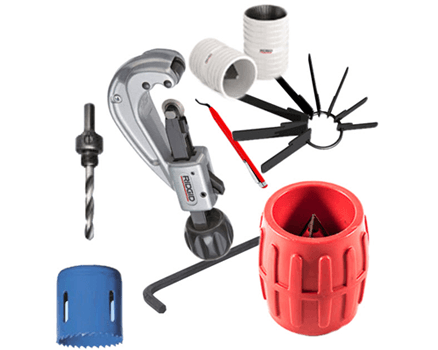Many of your clients likely know how important it is to winterize their vehicles, homes, and businesses in preparation of the coldest months. What they may not realize is that it’s every bit as important to winterize their compressed air system.

Groton CT, United States - December 13, 2021 /MarketersMEDIA/ —
Many of your clients likely know how important it is to winterize their vehicles, homes, and businesses in preparation of the coldest months. What they may not realize is that it’s every bit as important to winterize their compressed air system to keep it functioning come spring. As with other maintenance-based services, it can be difficult to sell your clients on something they can’t actually see the results of – doubly so given that winterizing a compressed air system isn’t as well-known as winterizing one’s house or car. This guide detailing the steps that go into the winterization process and the consequences inherent with not doing so can be of great use to your technicians if they need to convince a client of the necessity of this service. Better a sales pitch now than emergency calls in the dead of winter from those who didn’t heed your advice.
Benefits of Winterizing Your Compressed Air System
Though water freezing within a compressed air system is a potential issue no matter what time of year it is, cold temperatures bring with them the risk of freezing occurring even when there isn’t anything wrong with the system. No matter the cause, ice in a system must be immediately addressed; not doing so can cause irreparable damage to the compressor. By the same token, the oil within a compressed air system can become the worst enemy of its components if allowed to become icy and sludge-like. When it drops below a certain temperature, oil can lose part or all of its ability to lubricate and seal the machinery. This can cause the system to malfunction and, if left unaddressed, has the potential to do significant damage to several of its parts.
Compressed Air System Winterization Process
Luckily, the steps that need to be taken to prevent these potential disasters are straightforward and easily applied. We’ve broken them down below into five parts that each focus on a different aspect of an air compression system.
Tanks
Drain receiver tanks are, because of the moisture that collects within, the part of the system arguably the most susceptible to the creation and buildup of ice. Though all the tanks within a system should possess automatic drains for maximum condensate collection, weekly tests should still be conducted in order to ensure that both they and the tanks themselves are working properly. It’s also worth noting that a sudden increase in condensate can be indicative of a problem within the system, one that should certainly be rooted out and addressed before the first chill of the season sets in.
Drain Lines/Bowls
Both drain lines and bowls can be effectively winterized by the application of heat trace tape to their surface. Doing so will raise the temperature within those components and help fight against the creation and buildup of ice. Remember that heat trace tape needs power supplied to it in order to function and that all water should be drained from the lines if the facility to which the system is attached will be closed for the holidays.
Louvers
Louvers are the easiest way for cold air to sneak into a system. With a few adjustments, however, they can be used to fight freezing as opposed to promoting it. One such adjustment involves positioning your louvers to recirculate warm air within the compressor room to keep it from getting too cold. Another adjustment can lessen the introduction of cold air to the compressor, which will ensure proper lubrication and minimal moisture formation within the oil circuit. When pitching a winterization service to your client, you might also offer to replace their manual louvers with ones that are thermostatically controlled; doing so will eliminate the need for manual adjustments and minimize the time your technicians need to be on site in the future.
Lubricant
The easiest way to avoid the oil freezing we discussed earlier is to ensure that there are cabinet or ambient heaters present to keep it and other lubricants warm throughout the winter. If there’s already one installed, be sure that part of the winterization process includes a check to see that it’s functioning and doing so at the manufacturer’s lowest allowable operating temperature. Be sure to tell your client that keeping lubricant consistently warm will save them money in the long run, as doing so prevents the wear and tear caused by cold starts.
Separators, Drains, & Valves
These all-important parts are more easily cleaned and serviced during winter thanks to the reduced production of a system during the colder months. These components are susceptible to a buildup of moisture, which in turn makes them susceptible to ice buildup in freezing temperatures. Proper maintenance can prevent that build up and prevent valves from sticking.
Pipes to Winterize Your Compressed Air System
With any luck, the information available in this guide will help to convince your client of the necessity of winterizing their compressed air system. Remember that all the parts you might need for that process – or any other sort of piping repairs – can be found at our Aluminum Air Pipe online store. If you have any further questions about the winterization process – or simply wish to know more about how Aluminum Air Pipe can help service your business’ air management needs – feel free to contact us today.
Contact Info:
Name: Steve Michaels
Email: Send Email
Organization: Aluminum Air Pipe
Address: Groton CT, United States
Phone: (855) 307-0001
Website: https://aluminumairpipe.com/
Source URL: https://marketersmedia.com/how-to-winterize-a-compressed-air-system/89056478
Source: MarketersMEDIA
Release ID: 89056478














